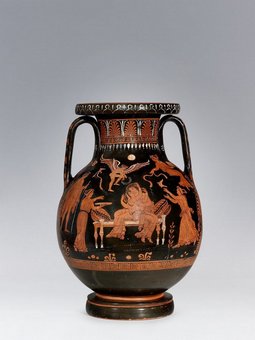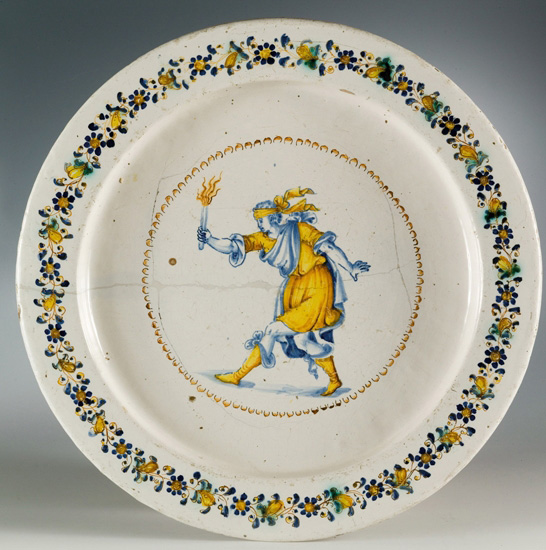Sept. 29, 2010 – April 3, 2011
Naples – Italy
 How did women live 2500 years ago in the Mediterranean regions? An answer to this question is provided by a splendid exhibition, now open in Naples. It features thirty vases made between the 5th and the 3rd century b.C. and found in Ruvo di Puglia, an area in the South of Italy that at the time was part of the Great Greece.
How did women live 2500 years ago in the Mediterranean regions? An answer to this question is provided by a splendid exhibition, now open in Naples. It features thirty vases made between the 5th and the 3rd century b.C. and found in Ruvo di Puglia, an area in the South of Italy that at the time was part of the Great Greece.
Using the typical red figure technique, the pottery makers painted on their vases scenes from women’s daily life.
Queens in their own house, they spent there most of their time. They are depicted while busy in their homely chores, weaving colorful fabrics for their clothes, nursing their children, leaving their bedrooms to meet their husbands in the thalamos, the common bedroom. Outside their house, wedding celebrations and death rituals were women’s most important public activities. Continue reading

